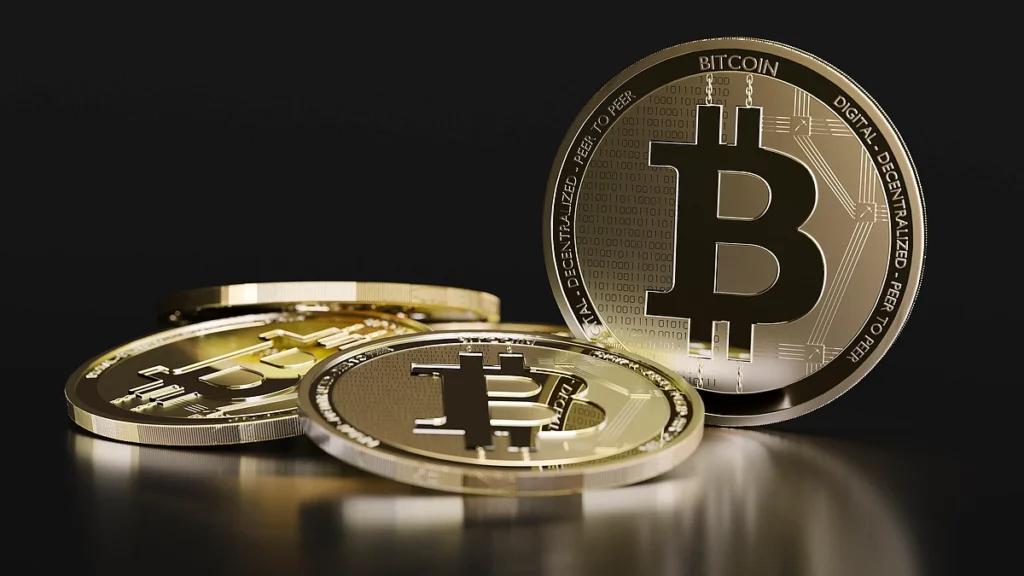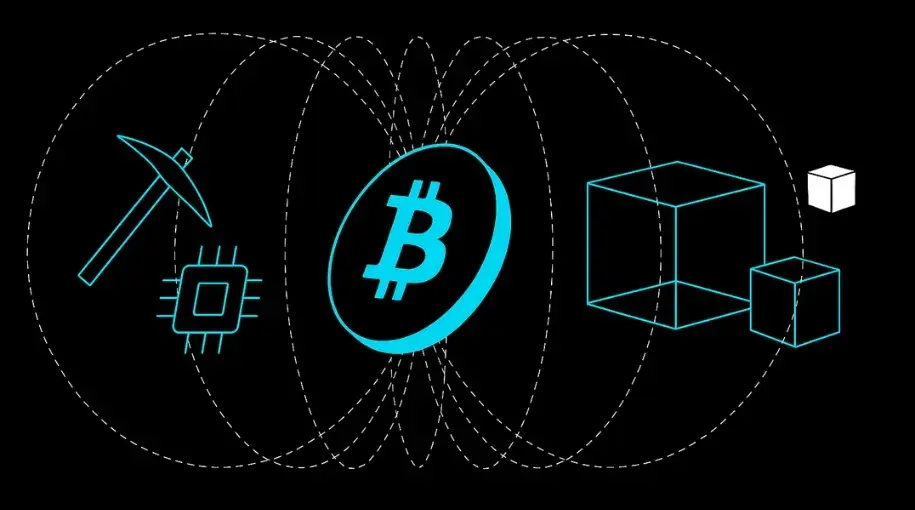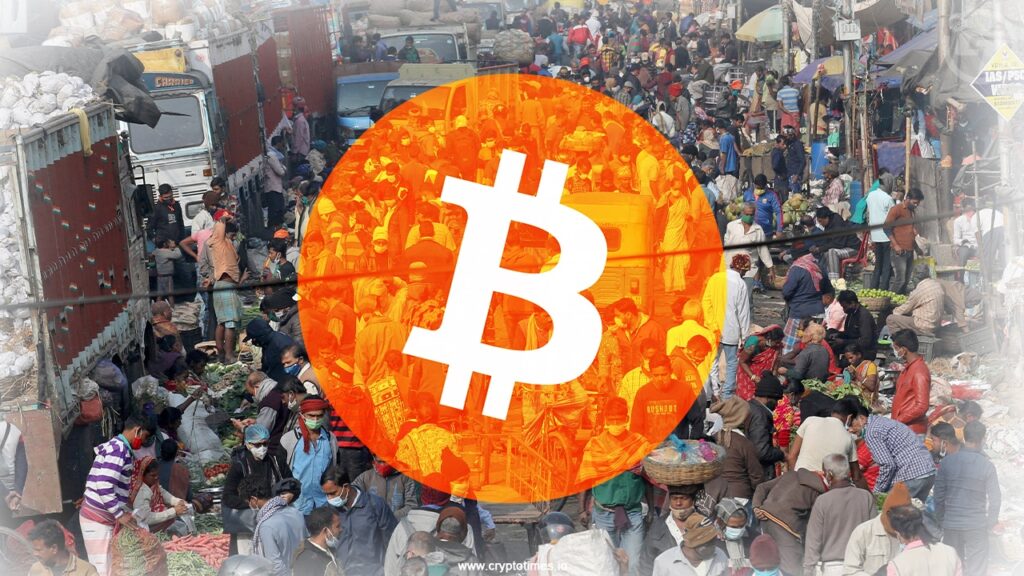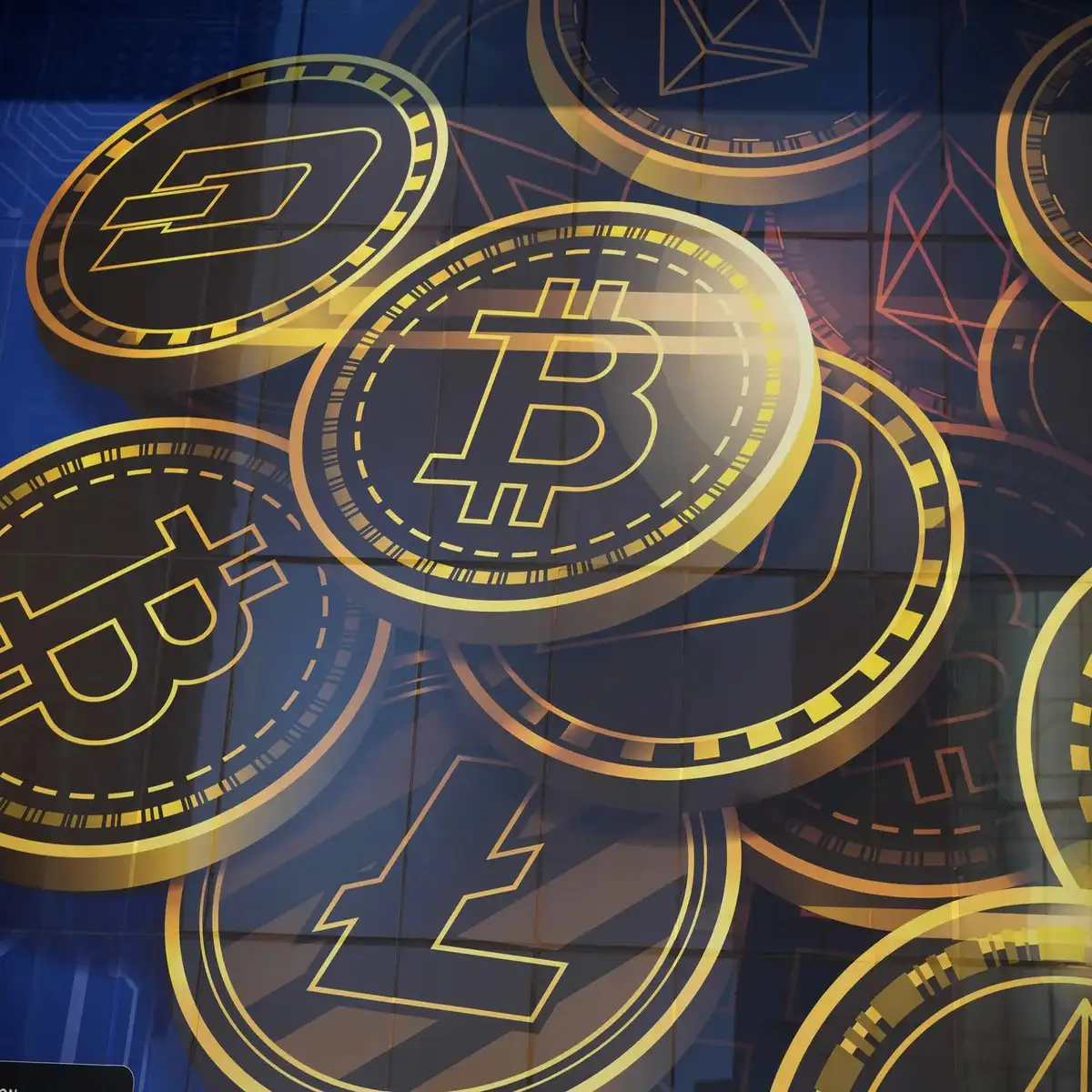Now Reading: RBI’s Digital Rupee vs Private Crypto: What India’s Future of Money Looks Like
-
01
RBI’s Digital Rupee vs Private Crypto: What India’s Future of Money Looks Like
RBI’s Digital Rupee vs Private Crypto: What India’s Future of Money Looks Like
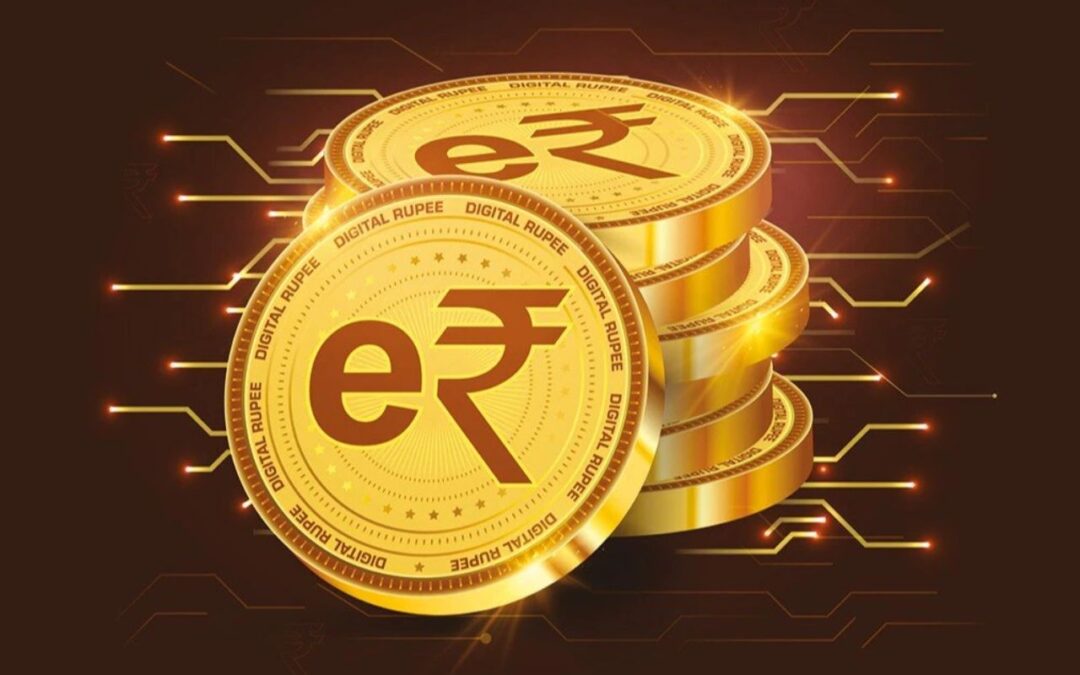
India is at a crossroads in the digital economy with the introduction of the RBI’s Digital Rupee alongside the growing popularity of private cryptocurrencies. As more people in Tier-2 and Tier-3 cities explore digital payments, questions are emerging about safety, regulation, and convenience. Understanding the differences between a central bank digital currency and private crypto is crucial for anyone looking to participate in India’s evolving financial landscape.
Understanding the Digital Rupee
The RBI’s Digital Rupee is a government-backed digital currency designed to function like cash but in electronic form. It is fully regulated, legal tender, and integrated with existing banking infrastructure. Transactions are traceable, secure, and settle instantly, offering users a safe alternative to cash while reducing dependence on physical notes.
Private Cryptocurrencies: Opportunities and Risks
Private cryptocurrencies like Bitcoin, Ethereum, and other tokens operate on decentralized networks and are not regulated by the Indian government. They offer opportunities for investment and cross-border transactions but come with high volatility and security risks. Investors must navigate potential scams, hacking threats, and uncertain regulatory frameworks, especially in smaller cities where awareness may be limited.
Comparing Security and Trust
The Digital Rupee benefits from central oversight and predictable value, making it suitable for everyday transactions. Private cryptos rely on blockchain security, which is robust but requires careful management by users. Losing private keys or falling for phishing attacks can lead to irreversible losses, highlighting the importance of digital literacy.
Adoption and Practical Use
For most Indian consumers, the Digital Rupee could simplify payments and reduce costs associated with cash handling. Private cryptocurrencies may attract tech-savvy users and investors seeking high returns but are less practical for daily transactions. As awareness grows in Tier-2 and Tier-3 cities, education on both forms of digital money will be critical.
Conclusion
India’s future of money will likely involve a coexistence of the Digital Rupee and private cryptocurrencies, each serving distinct needs. While the Digital Rupee provides safety, stability, and regulatory backing, private crypto offers innovation and investment opportunities. Understanding the differences, risks, and potential uses will help Indian consumers make informed choices in the evolving financial landscape.








